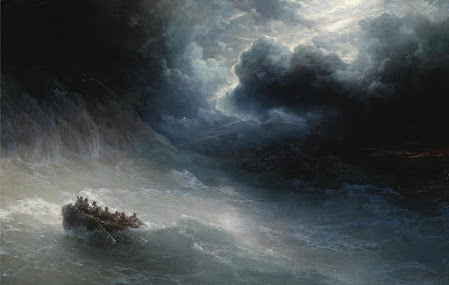The story of the Fall of Man from Paradise is relevant to humanity's complicated existence today. Over the course of millions of years of human evolution, from the time of ancient Lemuria, man became independent of the divine spiritual powers that once guided him, symbolized by Lucifer's temptation of Adam and Eve to eat from the tree of knowledge of good and evil.
We see that human consciousness posits a fall of man at the beginning of the historical development of mankind on earth. He would have been incapable of falling into sin if he had remained in his old state, in a state of instinctive guidance by divine spiritual powers.
...Whereas he would then have remained sinless, incapable of sinning, like a mere creature of nature, he now became capable of sinning through this independence from the divine spiritual powers.
This was a necessary part of the Divine Plan. If we had always remained perfectly wise and moral, we would have never become free. We would always know how to act, and there would never be a deliberation of choice between two options.
If we did not have this possibility of choosing, we would still be unconscious in Paradise, among "little angels with pink gowns playing lyres, what a boredom!"...Thus, Evil was a necessity!
As Mephistopheles answers to Faust, when asked who he was: "I am a part of that force who always craves for evil but always ends up doing good".

















